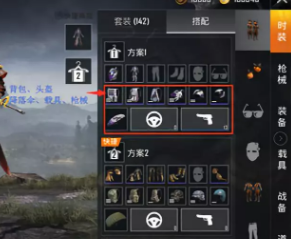invest in digital currency- Top Reviews
It is also more beneficial to the cultivation of students' artistic and sports specialties. Teachers can discover the potential of each student in painting, music and sports, and provide them with more opportunities for guidance and participation in related activities. For example, in music class, teachers can give each student more time to practice solo and improve their singing skills.In Europe, countries such as Finland, which are famous for their high-quality education, also implement small class teaching. Finnish schools pay attention to the individualized growth of each student, and the class size is not large, so teachers have more time and energy to tap the potential of students. Teachers can tailor their study plans for students according to their hobbies and specialties. In this educational environment, Finnish students have performed well in programme for international student assessment and other tests, and their innovative ability and comprehensive quality have been widely recognized by the international community.Third, the implementation challenges and coping strategies
(All text materials are automatically generated by ai intelligence)2. Japan and South Korea casesDrawing lessons from Europe, America, Japan and South Korea: Controlling the class size of primary and secondary schools and universities to 15 students to improve the quality of teaching and training.
It is also more beneficial to the cultivation of students' artistic and sports specialties. Teachers can discover the potential of each student in painting, music and sports, and provide them with more opportunities for guidance and participation in related activities. For example, in music class, teachers can give each student more time to practice solo and improve their singing skills.2. Japan and South Korea casesIn Europe, countries such as Finland, which are famous for their high-quality education, also implement small class teaching. Finnish schools pay attention to the individualized growth of each student, and the class size is not large, so teachers have more time and energy to tap the potential of students. Teachers can tailor their study plans for students according to their hobbies and specialties. In this educational environment, Finnish students have performed well in programme for international student assessment and other tests, and their innovative ability and comprehensive quality have been widely recognized by the international community.
Strategy guide
Strategy guide
12-14
Strategy guide






























